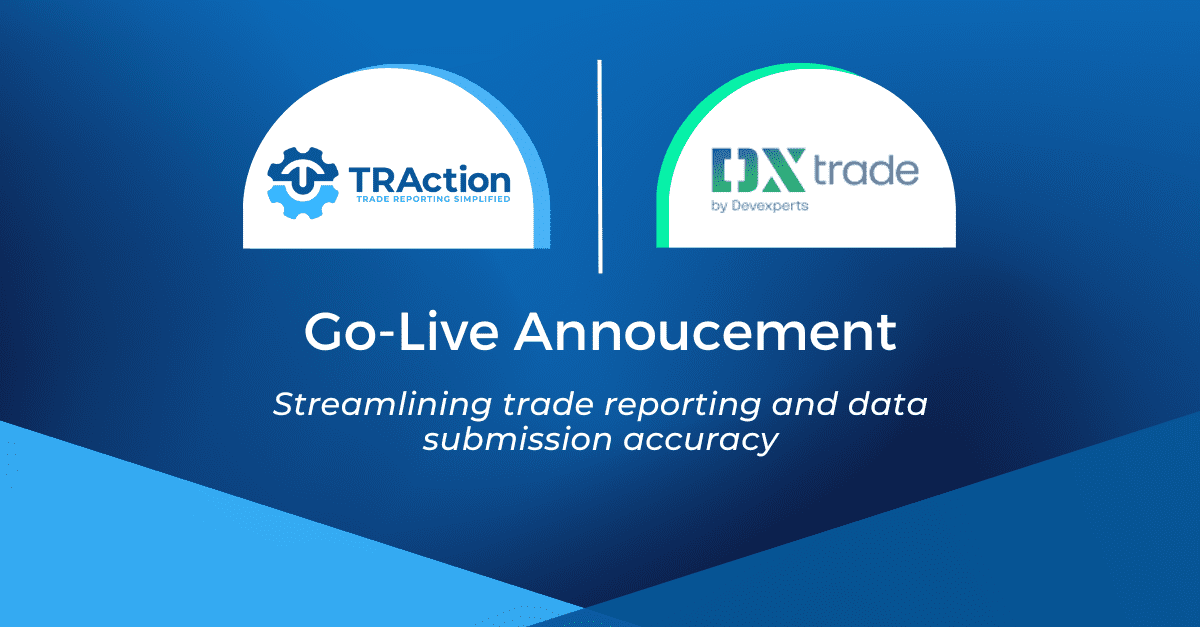Is reporting of interbranch or intragroup transactions required? Are there any exemptions that apply to such trading activity?
An ‘interbranch transaction’ is a transaction that occurs between branches of the same legal entity e.g. a Sydney branch enters into a trade with a Singapore branch of the same firm. An ‘intragroup transaction’ is a transaction that is entered into amongst separate legal entities within the same corporate group e.g. a subsidiary enters into a trade with its parent company.
Then we need to understand what a ‘branch’ is. In most jurisdictions, a branch is part of the same legal entity and does not have its own separate legal identity. This view is supported by ESMA, given that MiFID II defines a ‘branch’ as being:
‘a place of business other than the head office which is a part of an investment firm, which has no legal personality and which provides investment services and/or activities and which may also perform ancillary services for which the investment firm has been authorised; all the places of business set up in the same Member State by an investment firm with headquarters in another Member State shall be regarded as a single branch’.
However, there is also the concept of an ‘international branch’ which attracts special treatment in relation to the LEI (see below).
Are LEIs for branches necessary?
The Legal Entity Identifier (LEI) is a key component of the OTC derivative trade reporting process across all the regimes. (Please see our article on LEIs for more detailed information).
A common mistake which leads to trades being rejected after submission to a trade repository (TR) is due to the LEI being incorrectly reported. This sometimes occurs where there are trades between a financial counterparty (FC) (headquartered office) and other related entities or branches under the FC. See below an example of a rejection note from a TR confirming that if the other counterparty is a separate legal entity (and not a branch) then it requires its own separate LEI:
“The LEI of [Counterparty 2] shall pertain to a legal entity and not a branch, if Counterparty 2 identifier type is populated with ‘TRUE’.”
Branches are generally perceived as being part of the same legal entity of its headquartered office and therefore given the same LEI as its headquartered FC. However, some of these branches are in fact separate legal entities and require their own LEI, rather than being referred to as a ‘branch’. Occasionally, branches may also be given its own separate LEI and not perceived to be part of the same entity as the FC.
LEIs issued to branches under certain conditions
Branches can be issued their own LEI (separate to the headquartered office of the FC), only if each of the below are satisfied:
- it is an ‘international branch’ – being a non-incorporated establishment of a legal entity’s head office i.e. it is located in a jurisdiction outside of its home jurisdiction (Host Jurisdiction) where the head office/head quartered legal entity is situated. Only one LEI will be given per Host Jurisdiction. Note, an international branch is not the same as a foreign subsidiary of a parent entity;
- In the Host Jurisdiction, the branch is publicly registered in a local business or regulatory register;
- The branch’s head office/headquarters already has an LEI such that the headquarter entity’s LEI can always be linked to the international branch’s LEI; AND
- The branch’s reference data in the LEI system always states that it is a branch.
Treatment of Intragroup and Interbranch trading under EMIR, ASIC and MAS
| Regulation | Are Intragroup Transactions reportable? | Are Interbranch Transactions reportable? |
|---|---|---|
| (EU & UK) EMIR | Yes. An exemption is available under Article 9(1) EMIR, if all of the below are satisfied: – at least one of the counterparties to the trade in question is a non-financial counterparty (NFC), or would qualify as one if it were established in EU. – both counterparties are included in the same consolidation (on a full basis) and subject to appropriate centralised risk evaluation, measurement and control procedures. – the parent in the group cannot be an FC. Note, until an exemption is granted, both group entities should continue to report. | No. The only exception is if a clearing member defaults and the central clearing counterparty temporarily assumes both sides of the outstanding transactions. Also, non-EU subsidiaries of a group where the parent is established in the EU do not have to report. |
| ASIC | Yes. Trades between related parties (including the parent entity, controlled entities, joint venture entities and other branches under the same parent) that are not consolidated at the domestic book reporting level are reportable. | No, provided such branches are consolidated at the domestic book reporting level i.e. Australian-based branches and Australian-based offshore banking units. |
| MAS | Yes. No exemption is applicable – it does not matter if the transactions’ purpose within the group was to hedge, even hedging against derivatives that are out-of-scope for reporting – these intra-group transactions still need to be reported. | No. |
How can TRAction assist?
TRAction assists clients by registering and maintaining their LEI including payment for renewals. We can also consider and update LEI information that is being submitted and being rejected and help clients in identifying whether their branch should have its own LEI. If you have any questions, please get in touch with us.




